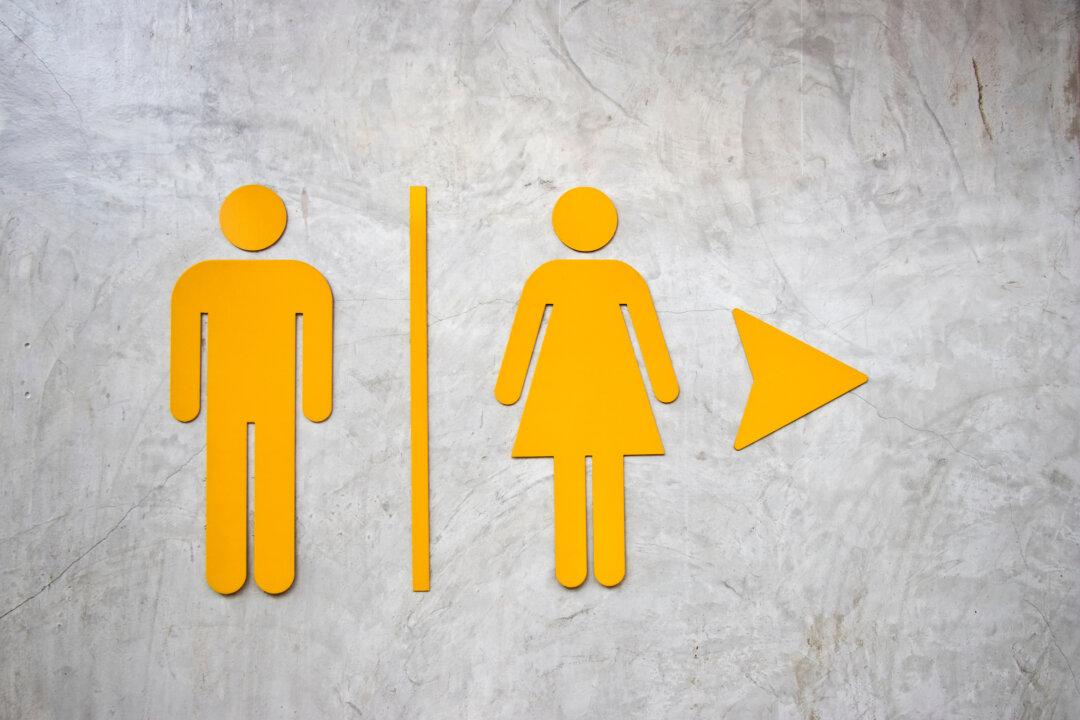Commentary
Close your eyes and picture an incel. What do you see? A white male, weapon in hand, scanning the streets looking for an innocent woman to attack. The idea of violent “involuntary celibates” is enough to make any sane individual sweat buckets. Incels, we’re told, are a terrorist threat. Are they, though?





